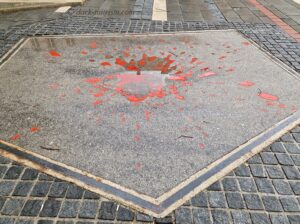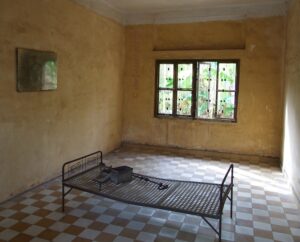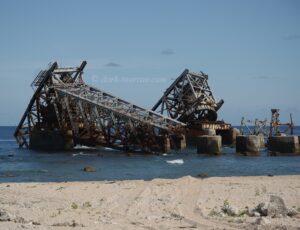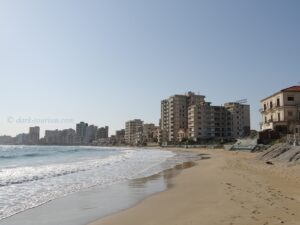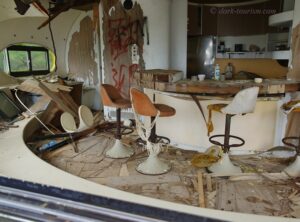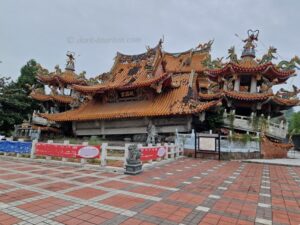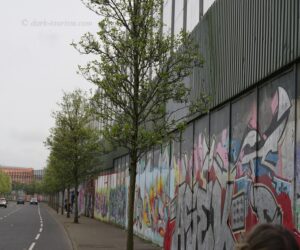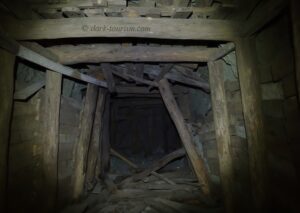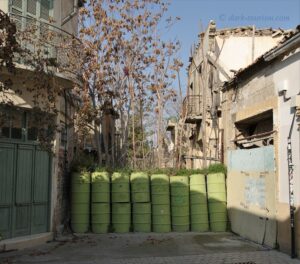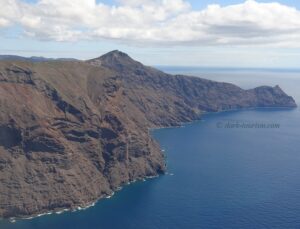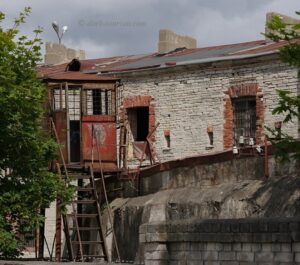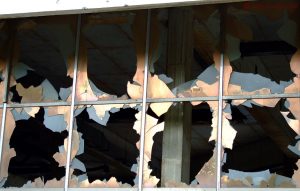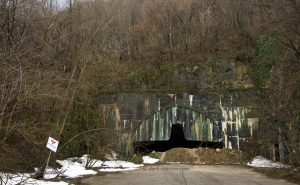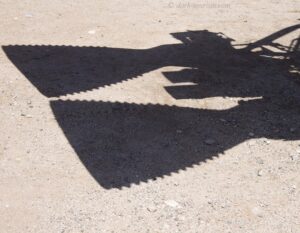
Dark Tourism & Shadows
In the latest theme poll – at the bottom of this previous Blog post – the theme garnering the most votes in the end was ‘DT & Shadows’. So that will be this post’s theme. Let’s kick off with an example of shadows that are an almost symmetrical “mirror image” of what’s casting the shadow, in this case a set of fire escape stairs outside a warehouse in the harbour of Riga, Latvia (which is a prime

